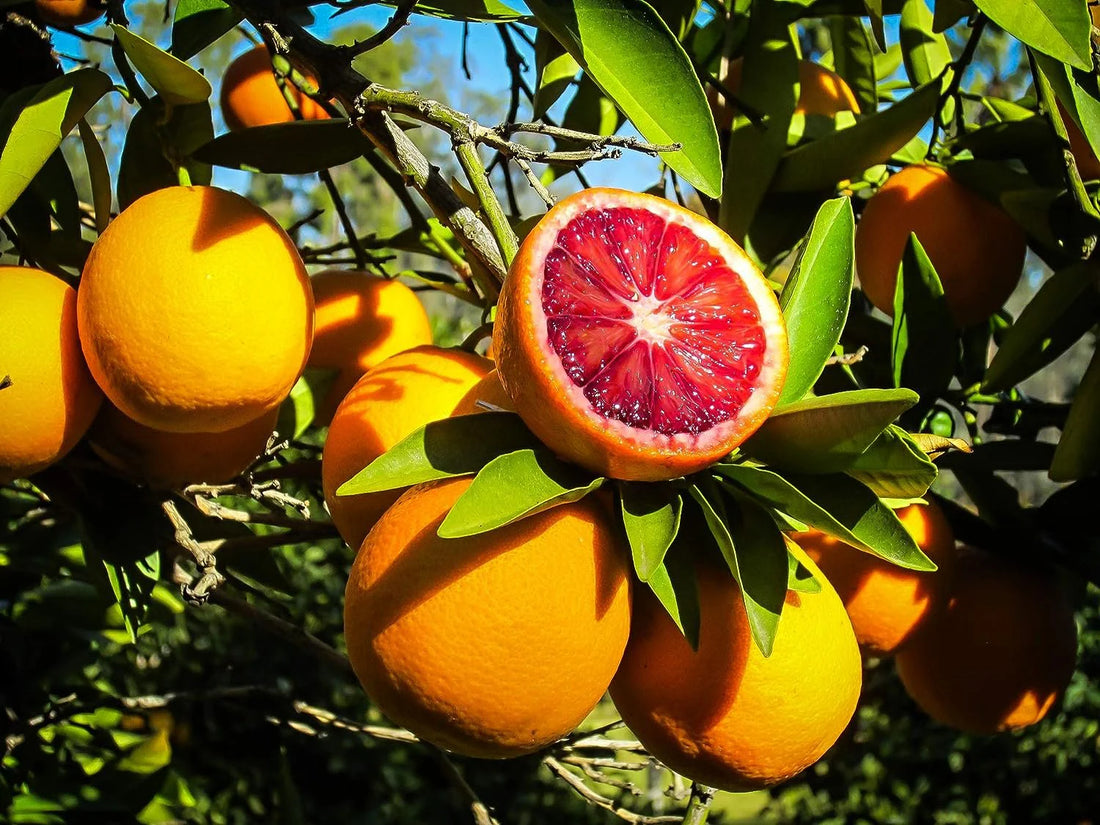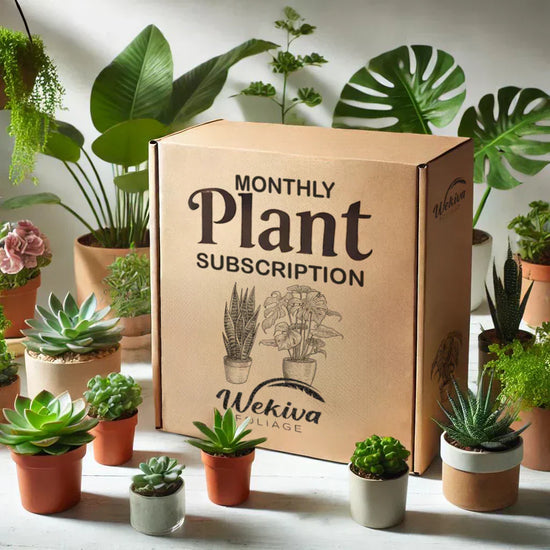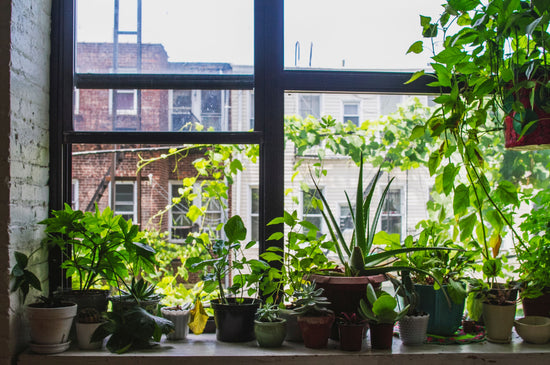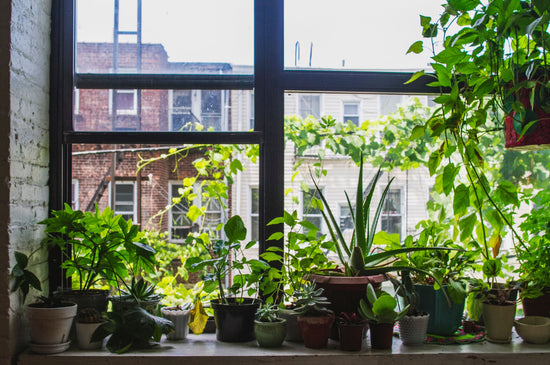The Citrus Gardener’s Bible: Expert Tips for Florida’s Unique Conditions
Florida’s subtropical climate offers a unique opportunity to grow some of the world’s finest citrus trees. Whether you’re a seasoned gardener or a beginner, this guide will serve as your comprehensive resource for understanding, planting, and nurturing citrus in Florida. From selecting the right varieties to combating pests and maximizing fruit production, this "Citrus Gardener’s Bible" will help you transform your yard into a citrus paradise.
Why Florida is Perfect for Citrus Cultivation
Florida’s warm weather, abundant sunshine, and well-draining sandy soils create the ideal environment for growing citrus trees. The state’s unique climate allows trees to produce sweet and flavorful fruit, while mild winters help maintain tree health and productivity. Varieties like the Meyer Lemon Tree and Key Lime Tree thrive in Florida’s conditions, making them popular choices for home gardeners. Explore our Meyer Lemon Tree selection.
Selecting the Right Citrus Varieties for Your Yard
When choosing citrus varieties, consider your preferences for fruit type, tree size, and maintenance requirements. Popular options include:
- Meyer Lemon Tree: Known for its sweeter, less acidic fruit and compact size, making it perfect for small yards or container gardening.
- Calamondin Orange Tree: A versatile tree with tangy fruit often used for marmalades or as a garnish. Find Calamondin trees here.
- Persian Lime Tree: A seedless lime with a mild flavor, excellent for cooking and cocktails.
- Australian Finger Lime: A unique variety producing caviar-like citrus pearls, ideal for gourmet applications. Shop the Finger Lime Tree.
Preparing Your Soil for Citrus Success
Healthy soil is the foundation of thriving citrus trees. Florida’s sandy soils naturally drain well but may lack essential nutrients. Here’s how to prepare:
- Test Your Soil: Conduct a pH test to ensure levels are between 5.5 and 6.5. Adjust with sulfur or lime as needed.
- Amend with Compost: Add organic matter to improve nutrient content and moisture retention.
- Choose a Well-Drained Site: Avoid areas prone to standing water, as citrus roots are sensitive to waterlogging.
Planting Citrus Trees in Florida
Proper planting techniques are essential to ensure a strong start for your citrus trees.
- Timing: Plant trees in early spring or fall when temperatures are moderate.
- Dig the Right Hole: Ensure the hole is twice as wide as the root ball but no deeper.
- Backfill Carefully: Use the soil you removed, avoiding heavy fertilizers at planting time.
- Water Thoroughly: Saturate the soil immediately after planting to eliminate air pockets.
Watering and Fertilizing Citrus Trees
Consistent watering and appropriate fertilization are crucial for healthy growth.
- Watering: Provide deep watering twice a week during dry periods. Young trees require more frequent watering than established ones.
- Fertilizing: Use a citrus-specific fertilizer rich in nitrogen, phosphorus, and potassium. Apply every 6-8 weeks during the growing season.
Managing Pests and Diseases
Florida’s warm climate also attracts pests and diseases that can harm citrus trees. Common issues include:
- Citrus Greening: A bacterial disease spread by the Asian citrus psyllid. Control the pest with neem oil and inspect your trees regularly.
- Scale and Aphids: Treat infestations with insecticidal soap or horticultural oil.
- Root Rot: Avoid overwatering and ensure proper drainage to prevent fungal infections.
Pruning for Productivity and Health
Pruning helps shape your tree, improve airflow, and remove dead or diseased branches.
- Prune in late winter or early spring before new growth begins.
- Focus on removing crossing branches, suckers, and weak growth.
- Use clean, sharp tools to make clean cuts.
Harvesting and Storing Citrus Fruits
Knowing when and how to harvest is key to enjoying the best flavor from your citrus trees.
- Harvest Timing: Pick fruits when they reach full color and size for the variety.
- Storage: Store citrus in a cool, dry place. Refrigeration can extend freshness for several weeks.
Maximizing Your Citrus Garden’s Potential
Incorporate companion planting, such as marigolds or lavender, to attract pollinators and deter pests. Use citrus as an edible landscape feature, combining beauty and productivity.
Citrus gardening in Florida offers endless possibilities for enjoyment and sustainability. By following these expert tips, you’ll not only grow healthy trees but also create a vibrant, fruitful garden.
Explore our full range of citrus trees to get started.
FAQ
1. What is the best citrus tree for beginners in Florida?
The Meyer Lemon Tree is ideal for beginners due to its compact size, hardiness, and sweet fruit.
2. How often should I water my citrus tree?
Young trees need watering 2-3 times a week, while established trees require deep watering twice a week during dry periods.
3. Can I grow citrus trees in containers?
Yes, varieties like the Meyer Lemon Tree and Calamondin thrive in containers with proper care and drainage.
4. What are the common pests for citrus trees in Florida?
Common pests include Asian citrus psyllids, scale, and aphids. Regular inspections and neem oil treatments can help control these issues.
5. How do I prevent citrus greening?
Prevent citrus greening by controlling the Asian citrus psyllid and choosing disease-resistant rootstocks. Regular monitoring is essential.
By following this guide, your citrus garden in Florida can flourish, providing bountiful harvests and enhancing your outdoor space with beauty and productivity.





